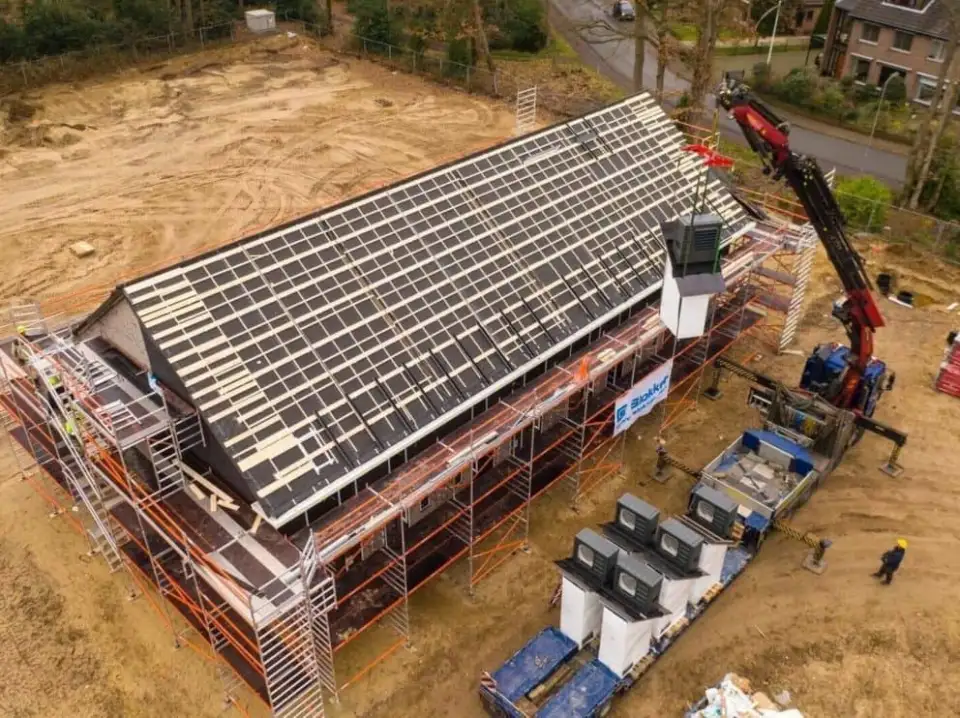
Meeting our emission reduction targets won’t be achieved without deep retrofit of existing buildings (they account for 17% of Canada’s emissions[2]). Such retrofits are complicated and costly.
To meet this challenge, the buildings sector is exploring less invasive and more cost-effective methods of retrofitting existing building stock. One method gaining traction on the international stage is the award winning[3] Energiesprong.
Adapting for BC
Originating in the Netherlands, Energiesprong is a building refurbishment method, new building standard, and funding approach. It aims to accelerate adoption of net zero energy building retrofits by creating the right regulatory, funding and technological environment.
The Energiesprong approach has been implemented in social housing projects throughout Europe (Netherlands, France, Germany, Italy & UK). Recently, organizations in the US and Canada (NY, California, Ontario and BC) have been assessing the viability of the approach in their respective local markets.
The Pembina Institue has worked in partnership with BC Housing, the BC Non-Profit Housing Association, and the City of Vancouver to determine how the approach could be adopted here in BC.[1] Social housing has typically been at the fore when testing the Energiesprong approach, with lessons learned being shared among participant organizations and regions.
Using the Energiesprong approach, performance is driven up and costs are driven down by using prefabricated components, assembled offsite, including;
Insulated facades
Roof mounted solar panels
Heat recovery ventilation units (HRVs)
Electrical heat pumps for DHW & Heating/Cooling
Addressing the Cost
The cost of retrofitting existing buildings to net zero energy can be restrictive for many owners. The Energiesprong method uses energy cost savings and reduced maintenance costs to support the business case. The business case can be further improved by tapping into funding (for example from local governments), and by achieving economies of scale and mass prefabrication in communities with similar housing archetypes.
Looking Forward
We at HiH are excited to continue breaking down barriers to reduce emissions from our existing building stock by applying similar principles. We will be watching for the latest Energiesprong insights, and how this method can be applied to mainstream retrofits.
Give us a call or email if you’d like to chat more about addressing emissions from our existing buildings. We love to chat.
[1] https://www.pembina.org/pub/energiesprong-bc
[2] https://sencanada.ca/en/newsroom/enev-reducing-ghg-canada-buildings/
[3] In 2018 Energiesprong won the World Green Building Council award for its contribution to the global green building movement.